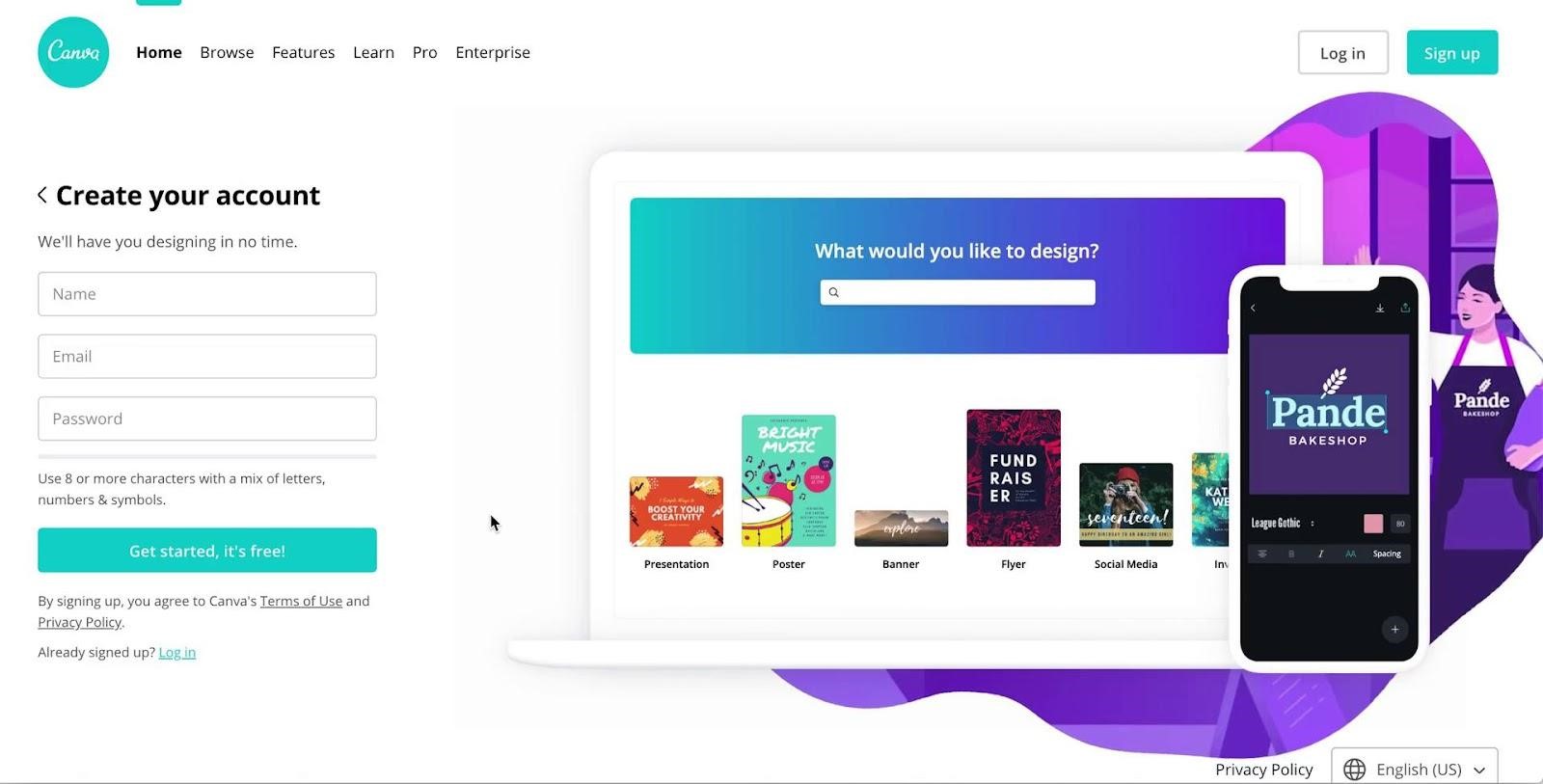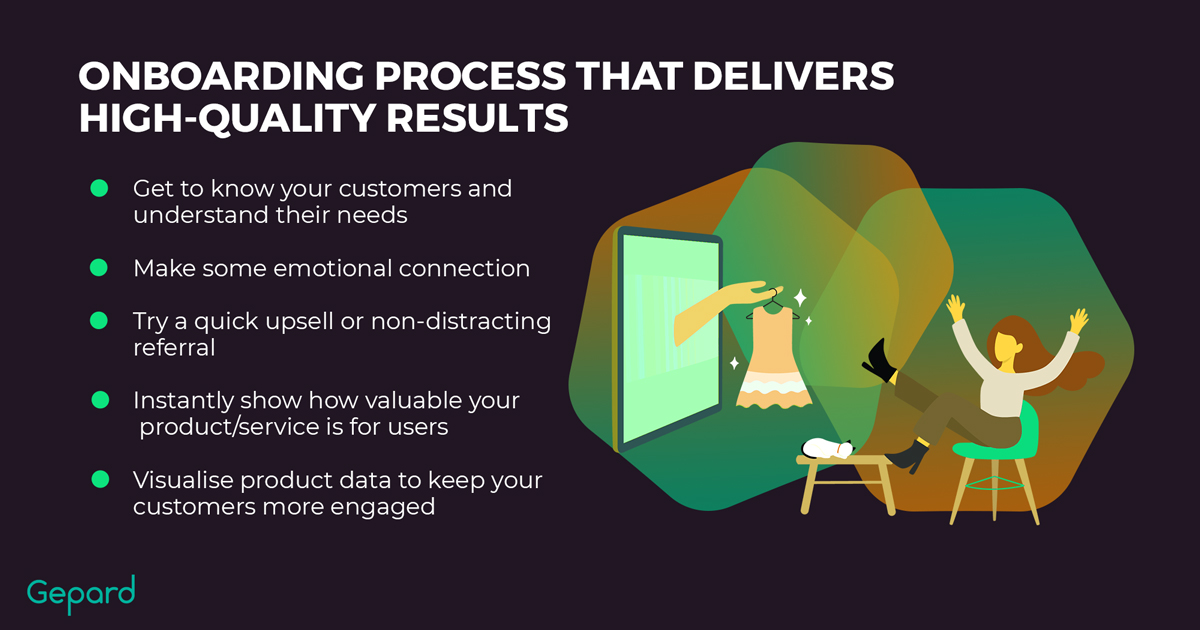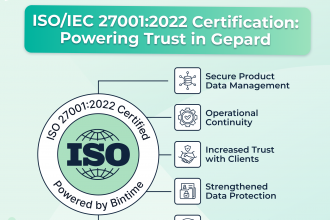PXM Best Practices: Top 5 Advice
Product experience is at the core of customer satisfaction with the product, which leads to increased sales, improved brand visibility, and the growth of numerous other business metrics. Yet, product experience management can be quite a challenging task for many companies. We collected some of the top tips for an effective PXM from experts in different business fields. Read on to find out how to create an immaculate shopping experience for your customers.
Customer Support Should Be Outstanding
To achieve the best customer experience, you need to adopt different strategies. Customer support is an integral part of any software or online platform. It is not the customers who will be reaching their problems; instead, there will be many potential customers with their queries. Address all the queries and issues with care to gain customer satisfaction. Sometimes, ask for feedback so that you can improve further.
You will understand how satisfied your customer is with their expressions. Keeping the messages hanging won’t be wise if you cannot solve the issue immediately. This is where many fail by ignoring the support messages as they cannot solve them immediately though it’s not expected. Reply to the queries and inform them that you would require time to fix them. Make a schedule within your team and address the support queries as soon as possible. This excellent customer support handling will help you acquire the best product experience.
Sales queries are essential to get more customers as the potential customers ask these. So if you can reply to their questions within a short time, it is more likely they will be your loyal customers soon.
Using a proper tool is very important to manage customer support. There are various support tools available on the Internet. The tools generally used are support email, Facebook page, and other tools like Tawk, Crisp, Tidio, etc. It will be wise to select the most suitable tool for the product and website. If there is instant chat support, that should be appropriately managed. Paid support software has more advanced features that allow the website owners to better support management. Many website owners use chatbots to keep the customer engaged. But, it is better to avoid asking many questions by chatbots because that may cause customer dissatisfaction.
Product owners also manage support using a community like Facebook groups. It can be a private forum with the customers only, and you can set Facebook group qualifying questions to screen and justify the new user’s membership.
Lastly, I can say that I have got a wonderful experience and testimonials from my product users and provided them excellent support. As a product owner, you can try and check the result after delivering better customer support to your users.
Indicate A Few Key Metrics In Your Video Funnel To Optimize The User Experience
Video is a great way to showcase a new product or feature, interact with your customers, bring new traffic to the website, and enrich your marketing strategy.
While producing a video takes significant time and effort, the process of analyzing the results shouldn’t be neglected. Often the excessive amount of data can be overwhelming. It is best to consider which goals you are looking for and then to pay attention to the indicators relevant to those goals.
Here are a few key metrics to consider for your video funnel strategy:
- Growing audience reach – This is a case where you need to pay attention to basic analytics metrics: player visibility, player launches, and the total number of views. Regardless of whether you placed the video on your domain or an external platform, you should also pay attention to the number of user interactions with the video: likes, shares, and comments. The higher numbers you see here, the higher reach is achieved.
- Growing traffic – the main metric for measuring the effectiveness of such videos is CTR (the ratio of the number of clicks on the link within the video to the number of impressions). It implies that the link in this case leads to the landing page. Analyzing the CTR is worth it when the number of impressions of the video becomes significant and statistically efficient.
- Growing subscriber base – subscriber number & amount of views. By using the right tools, building a subscriber base, and focusing on a prolonged interaction with the viewer rather than a single touch, the ROI from your video marketing becomes clear.
- User retention – key indicators of the video funnel are the engagement rate, the number of repeating views, as well as virality criteria (active interactions, reactions, and subscriptions) – these metrics are the best way to signal the character of engagement.

What else can I do to improve the user experience?
- Use interactive elements in combination with original engaging formats;
- Adapt content to a wider audience;
- Video SEO optimization – video sitemap including metadata tags;
- Integrate the resulting metrics into an end-to-end product analytics system by combining the video viewer ID with the website user ID to form effective remarketing campaigns.
Feedbacks Are Essential In Product Innovation
Feedback is one of the finest gifts that you can provide and receive from others. To be at the top of the trend, innovation is a must. While innovating new products, there might be some flaws; as we all know, “To err is human.” Suppose an innovative product is no longer performing successfully.
In that case, companies must quickly adapt their strategy and develop another new product or modify the previous one to avoid falling behind in the competition. If you are unable to innovate new products or provide necessary modifications, your consumers will lose interest in you. Innovation requires the generation of ideas, idea review and evaluation, complete rollout and execution as a pilot test generating feedback, and performing necessary updates and adaptations.
Feedback is the most significant step of innovation as it has a direct relationship with the customers and the company. Listening to customers is a great help for getting actual feedback. You may use records to store customer issues and solve procedures by date. This will allow you to develop a smoother and better version of your product.
There are situations when spammers may provide misleading feedback and reviews. But treating them with courtesy and respect will improve your company’s reputation and products. In addition, your employees can get excellent feedback if they use their own products. Own people can quickly and easily determine the root of the problem, and by which, a solution can be drawn fast.
Feedback is not only for innovation or modification but also helps you to boost your productivity and performance once you receive positive feedback from your clients. It is the feedback that allows you to determine how much they love your product. When your consumers give important suggestions and ideas to make your product more user-friendly, you will feel inner peace since your customers want to see your product excel in the market competition.
For product innovation, you need vertical or horizontal growth. To get these product growths, you must adhere to active listening and prompt communication with your product stakeholders. Feedback concentrates your attention on innovating a new product to increase customer satisfaction, trust and reliability, customer experience, and improve customer retention. You don’t fail anytime; you succeed or get feedback.
Give A Great Onboarding Process For Successful SaaS
The onboarding process for new users can be very hectic because of the high bounce rate. This can result in the loss of a big chunk of your budget. However, you’re not the only one facing this problem. Let’s find out how to make onboarding effortless.
3-step or 5-step onboarding process that delivers high-quality results
Get an easy-to-follow five-step onboarding process to make sure your client gets a smooth onboarding experience.
Understand your customer’s needs: Get to know them as much as possible
- Ask them about their company niche, size, and funding stage. This will help you realize what they want.
- Know for how long they have been operating, their role, and what categories their business operates in.
- Acknowledge how they got to know about you. No need to ask for unnecessary information.
See an example from Canva Onboarding.

Make some emotional connection
You should create a personalized onboarding process that takes care of your needs from pre-set questions to a personalized introduction.
After getting information about them. Call them by their name to show some connection. For instance, “Alex, enter your city”. Show them the progress of the sign-up process using the loading wheel.
Try a quick upsell or non-distracting referral: don’t bother them with unnecessary details and arguments
- Make it easy to understand and don’t use any fluff content.
- Use bullets and steps to avoid all distractions.
- Keep your aim to be straightforward.
See an example from Canva referral, that will increase the chances to get new users.

Value for money: Instantly show how valuable your product/service is for users
- Highlight those features that matter to the users. See what their pain points are.
- There is no need to splash them with all the features at once.
- Immediately show how this can be helpful for them: Guide them through the benefits.
- Focus on what they want and how this can solve their problem.
Make it more appealing: Visualise to keep them engaged and interested
- Try to visualize everything to prove your point.
- Make use of tooltips.
- Create a complete guide if necessary, to understand the in-depth setup process.
- Show how this tool helped you first and how they can do it for themselves.
- Don’t make it complicated for them. Instead, help them as much as possible to get them started.
- Try personalized video tutorials that experts create. That will help them to get started in no time!

So making sure to give a better onboarding process in SaaS, which is the first attempt to give an upcoming experience of the product.
Comparison Is A Key
For over 36% of customers, you can increase loyalty based on one feature: a comprehensive comparison of product attributes.
It is not enough anymore to have a long, short description, some pictures, and price in terms of comparison. Nowadays, customers want to see the exact differences in attribute level for each electronics, DYI, or any generic tech good this customer is looking for.
Challenges of building a comparison tool on your platform
- Your platform or PIM might not have an extensive, rich and fixed structure of categories and attributes for them (taxonomy), so you cannot build enough good filters per category or compare products on attribute level.
See an example of Amazon product taxonomy.

- Your company does not have enough product data suppliers with good quality or each of them gives you data in a different structure (names of categories, names of attributes, taxonomy), and it’s operationally hard to accommodate this data and bring it to your platform structure (taxonomy).
- You do not have any international product ID for your products (MPN, EAN, GTIN, etc.) So it’s impossible to identify them and get data for them from external sources.
Root cause
Usually, for organizations, it’s operationally hard to fill in data for too many attributes in different formats from different data suppliers for each product. It happens that your product data suppliers do not provide you with enough data for products at all. Also, sometimes eCommerce platforms do not support proper taxonomy or validation.
What is the solution to this problem? Here are a few steps to follow.
- Create your own taxonomy (categories and attributes) for your products. So you will have a golden standard for your product attributes for each category.
- Buy PIM solution or middleware for automation of data intake, mappings, transformation, and syndication from data suppliers, brands, and content providers. In such a way, you can get data from different sources, and transform it into your structure and format automatically.
- Choose the specific solution. Challenge with missing product IDs can be overcome with specific software that is able to recognize products and connect them to product IDs.

Finally, pay attention to the next things:
- When you create your taxonomy you can copy someone’s taxonomy that already exists and is free. But it should not be a 100% copy-paste. First, it will have a bad influence on your SEO, secondly, your will be a bit dependent on it, so make it unique.
- PIM or middleware solution should have a service to do mappings for you and be flexible enough to support your needs.
- PIM or middleware solution must have automated validation of data taken from data suppliers on the attribute level. So you will be informed if some information from the data source is missing.
- Make sure you have a human capacity which will fill in the gaps or data inconsistency of information from data supplies, spotted by this middleware.
Top Quality Product Data For Great Product Experience
Compelling and accurate product content is a part of a great shopping experience. For online eCommerce, when it’s impossible to hold the product in your hands, a great product description is what should give a feeling of already owning the product.
However, dealing with large amounts of data can be daunting for businesses with 100+ SKUs. This is where product information management solution like Gepard PIM comes in handy. You can enjoy all the benefits of verified and standardized product data that can be automatically distributed to any of your sales channels, without worrying about data inconsistencies. What’s more, a flexible Gepard PIM offers digital shelf analytics and an extensive connections hub to integrate with numerous eCommerce platforms.
Learn how to bring your PXM to a whole new level with the help of product data – request your personalized demo now.












